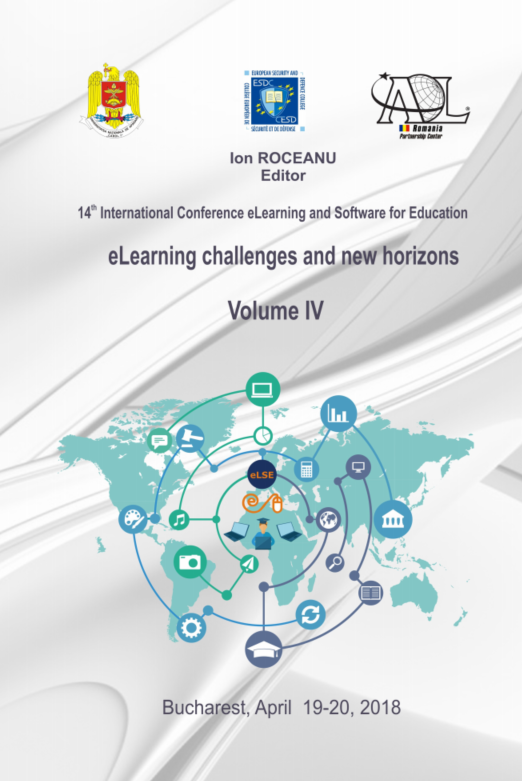Assessing Corporate Induction by e-Learning: Ocularcentrism and Impact
Assessing Corporate Induction by e-Learning: Ocularcentrism and Impact
Author(s): Mara StanSubject(s): Social Sciences, Education
Published by: Carol I National Defence University Publishing House
Keywords: ocularcentrism; elearning impact; discursive practices; induction;
Summary/Abstract: This study outlines methods to measure the impact of e-learning initiatives in the field of organization-driven induction training programs. Induction is a ‘make or break’ experience in a new employee’s life, in terms of performance, trust and long-term retention. New learning environments are projected to bridge a gap in new staff integration in a critical interval wherein lack of adequate socialization and information dissemination leads to soaring premature attrition rates. Furthermore, the article intends to investigate the adaptation and customization of content topics and pedagogical methods to the new online learning context, within a milieu that elicits enhanced learners’ experience by means of emerging technological innovation. The study relies on a practical perspective on e-learning impact assessment that makes use of method triangulation, using surveyed trainees’ feedback, LMS (learning management system) platform reports and critical discourse analysis to depict new staff’s interactions, expectations and perceived challenges or encountered hurdles in reference to e-learning induction programs. Software applications facilitate big data management and make online training output visible and readily available for data analysis. Theorists and practitioners strive to evaluate the impact of gamification strategies (e.g. awarding coins for correct answers or participation to interactive quizzes) on the perceived KPIs (key performance indicators) of online training that include attractiveness, interest, credibility, usefulness and applicability. In reference to the challenge of measuring innovative training platforms by means of beneficiaries’ feedback, the study draws on practical know-how related to the construction and update of such e-learning modules. Hence, it features showcases of employee induction e-training across new learning environments using online technologies such as LMS platforms. Case studies involve the comparative analysis of four e-training induction programs, implemented in retail and private healthcare. Empirical data were collected concerning the thematic area coverage, including table of contents and the organization of structural units of content, i.e. main chapters, sub-chapters and sections such as company history, strategy, mission statement, vision and values, organizational charts, customer benefits, product and service portfolio and social involvement through CSR projects. Another explorative dimension involves the design and layout style, using visual analysis tools that streamlines the ocularcentric perspective by which today’s public is mostly composed of viewers rather than readers. The third investigative dimension refers to a critical discourse analysis of employees’ testimonials and success stories through the lens of recurring trends and sociolinguistic self-expression tools that emerge across communicative patterns. Synthetic conclusions and practical implications envision updated strategies for development of employee induction training and blended learning solutions.
Journal: Conference proceedings of »eLearning and Software for Education« (eLSE)
- Issue Year: 14/2018
- Issue No: 04
- Page Range: 240-246
- Page Count: 7
- Language: English

